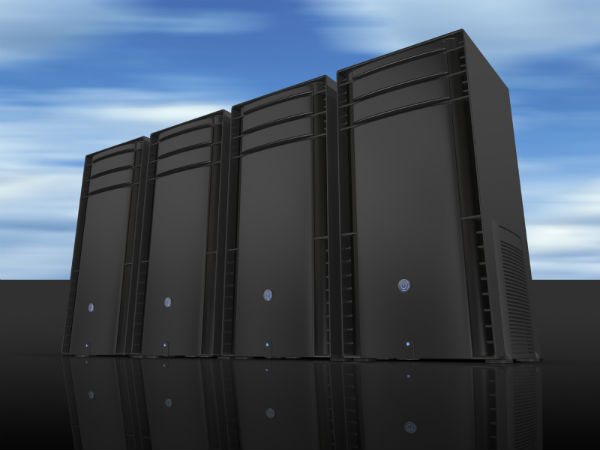Managing Server Load: How Do Dedicated and Cloud Hosting Stack Up?

The advantages of cloud computing are visible all over the internet. Scalability, stability, resource optimization and economies of scale are some commonly cited benefits. But I can hear some server specialists saying, “So what? My services and website run fine on my dedicated server. Why should I migrate to the cloud?” My only answer is that system administrators are restricted to their domain and don’t really know how the capacity of their dedicated server is impacting the overall performance of their services. Here are some practical considerations which one must bear in mind while deciding on whether to migrate to a cloud computing environment or not.
How do you estimate server traffic capacity?
Systems and hardware specialists don’t really deal with these issues unless the requirement comes from the ‘User interface and web analytics’ team. Estimating server traffic load capacity is at best an approximation. For a more detailed analysis, check out the report Measuring the capacity of a Web server under realistic loads. There are many online entities that to offer such services. However none of them reveal their methodology and from practical experience I can say that the calculations from simulated runs can at best be used as an indicator of traffic capacity. The point I want to make is that calculating traffic capacity is at best a ‘guesstimate.’ You must remember that here we are talking about a stable environment without much fluctuation in traffic. Traffic calculation in volatile traffic is nearly impossible.
Will your server perform optimally at full capacity?
For the sake of simplicity let’s assume that your server administrator provides you with a maximum traffic load figure. At this juncture, we’ll assume that our dedicated server can serve that many clients per minute. Let’s shift focus to the ‘user experience’ expert. What does he observe? In practice, deterioration in user experience begins at around 60% of server load. What this means is that the user experiences difficulty in accessing your server or programs that reside there. Effects can take the form of slow speed, or a break in connection, database connectivity problems, etc. These are irritants and cause poor user experience. If you are particular about your clients and visitors, you may wish to prepare additional server capacity or add another dedicated server at this stage. However, it’s nearly impossible to monitor low level performance issues because inherently final user satisfaction depends on several other factors.
Now let’s come to a situation where the server load is 70% of the rated capacity. At this stage, users can definitely experience a deterioration in performance. As your server load reaches its maximum capacity, users may feel frustration in trying to accessing your services. The conclusion is that you must never plan for maximum server capacity.
Planning server architecture
Now let’s imagine a traditional datacenter environment where your dedicated server is located. If you want your clients to have a smooth and faultless experience, you would plan for 50% load and add servers as required. This can be a waste of resources because you are catering to a situation which may never arise or may occur at very rare occasions. This is where cloud computing comes into picture.
In my next post I will discuss how cloud computing environment can empower your server administration in managing server loads and user expectations. Meanwhile I would recommend readers to peruse more information about high availability features.
Be Part of Our Cloud Conversation
Our articles are written to provide you with tools and information to meet your IT and cloud solution needs. Join us on Facebook and Twitter.
About the Guest Author:
 Sankarambadi Srinivasan, ‘Srini’, is a maverick writer, technopreneur, geek and online marketing enthusiast rolled into one. He began his career as a Naval weapon specialist. Later, he sold his maiden venture and became head of an offshore Database administration company in Mumbai. He moved on as Chief Technology Officer of one of the largest online entities, where he led consolidation of 300 online servers and introduced several Web 2.0 initiatives. He holds a Master’s degree in Electronics and Telecommunication.
Sankarambadi Srinivasan, ‘Srini’, is a maverick writer, technopreneur, geek and online marketing enthusiast rolled into one. He began his career as a Naval weapon specialist. Later, he sold his maiden venture and became head of an offshore Database administration company in Mumbai. He moved on as Chief Technology Officer of one of the largest online entities, where he led consolidation of 300 online servers and introduced several Web 2.0 initiatives. He holds a Master’s degree in Electronics and Telecommunication.


